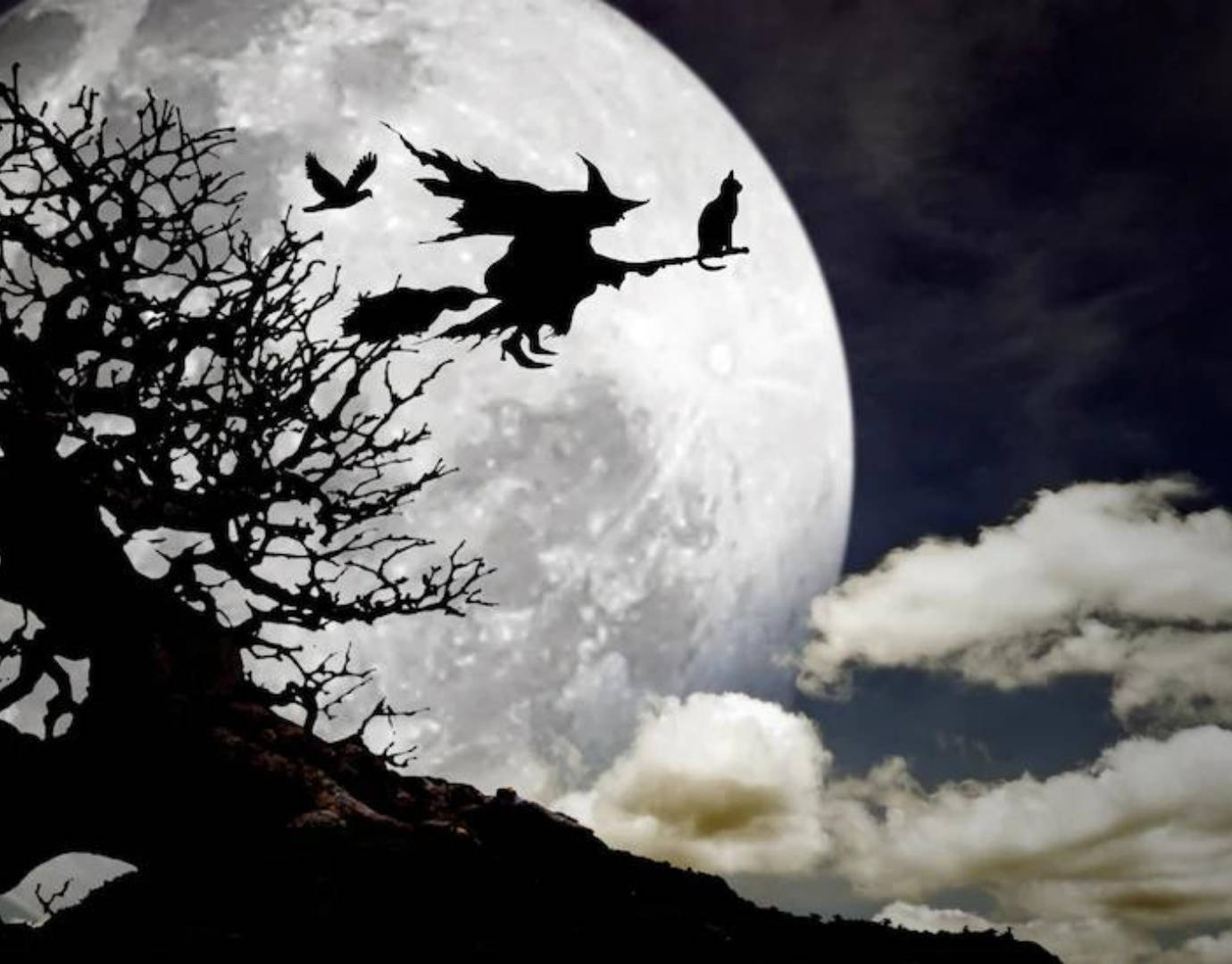Scandinavian inspiration every week in your inbox.

In Sweden, it is a common tradition that children dress up as witches for Easter. The tradition has its roots in the 17th-century witch hunts, during which many women were executed. The witchcraft beliefs are connected to the biblical story of Jesus' last days. On the evening before Good Friday, Jesus had the Passover meal with his disciples and instituted the communion. Later that night, Jesus was betrayed by Judas, which was the beginning of his suffering. According to older popular beliefs, all evil powers were released at the moment Jesus was sentenced to be crucified. Therefore, the night of Maundy Thursday was considered the night of the witches. In Sweden it was a popular belief that witches would fly to a place called Blåkulla to celebrate with the devil on the night before Skärtorsdagen (Maundy Thursday). To ward off witches, people used to light fires and shoot off fireworks. That's why we sometimes light fireworks around Easter. In some parts of the country, it is also customary to light Easter bonfires, especially in the western parts of Sweden. In the 1600s, the fear of witches was quite serious and although witch trials were relatively few in Sweden, it is said that nearly four hundred women were still accused of being withes and therefore executed.

The last witch trial in Sweden was pronounced in 1704. But it wasn't until 1779 that the provisions for the death penalty for witchcraft disappeared from Swedish law.
Today, the tradition has evolved into a more innocent celebration where children dress up as påskgummor (Easter witches) and go door-to-door for treats. It is simply a fun Easter activity for children, and it is a popular tradition across Sweden and also in parts of Finland.
It is unknown when this tradition started but it existed at least at the beginning of the 1800s in western Sweden and then spread during the 1900s. Today, it is common with little Easter witches all over Sweden and Finland. Most children take part in this tradition at least once in their life, even the boys who dress up as påskgubbar instead.

